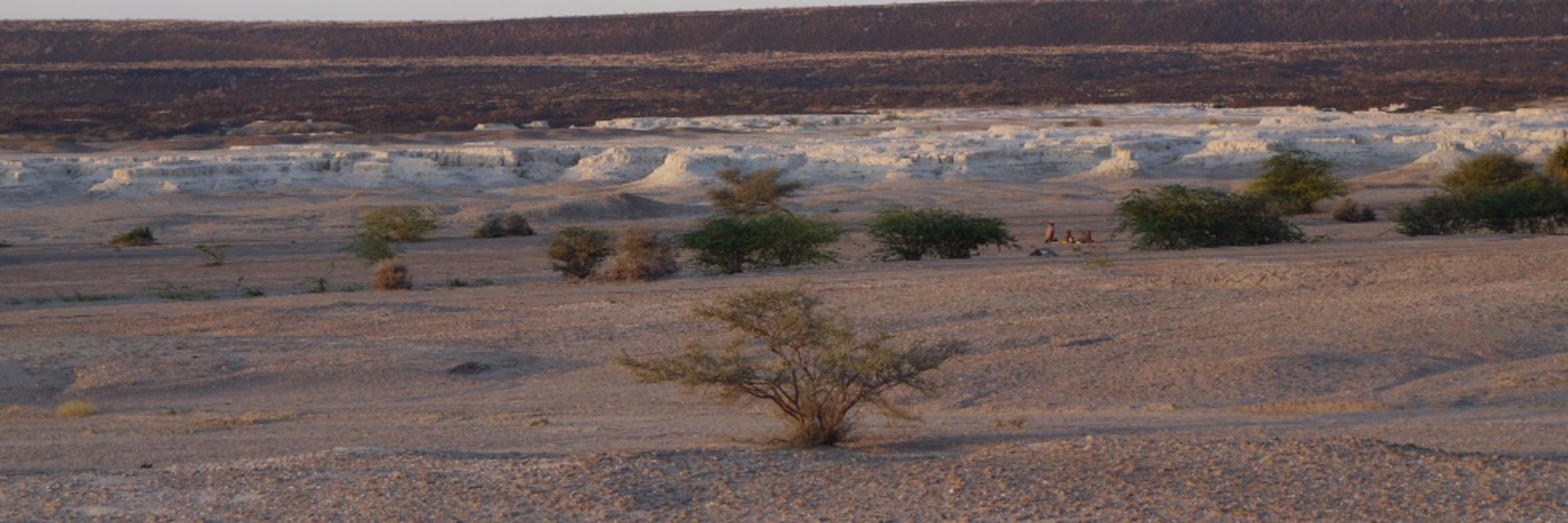Isabelle Crevecoeur
@isabellecrevecoeur.bsky.social
1.6K followers
390 following
48 posts
Dr., Paleoanthropologist
Senior Researcher @CNRS
@PACEA_Bordeaux lab,
@univbordeaux, France
PhD in Biological Anthropology
#Paleoanthropology #Prehistory #HumanEvolution #Archaeology #Bioanthropology #Neanderthal
Posts
Media
Videos
Starter Packs
Reposted by Isabelle Crevecoeur
Reposted by Isabelle Crevecoeur











